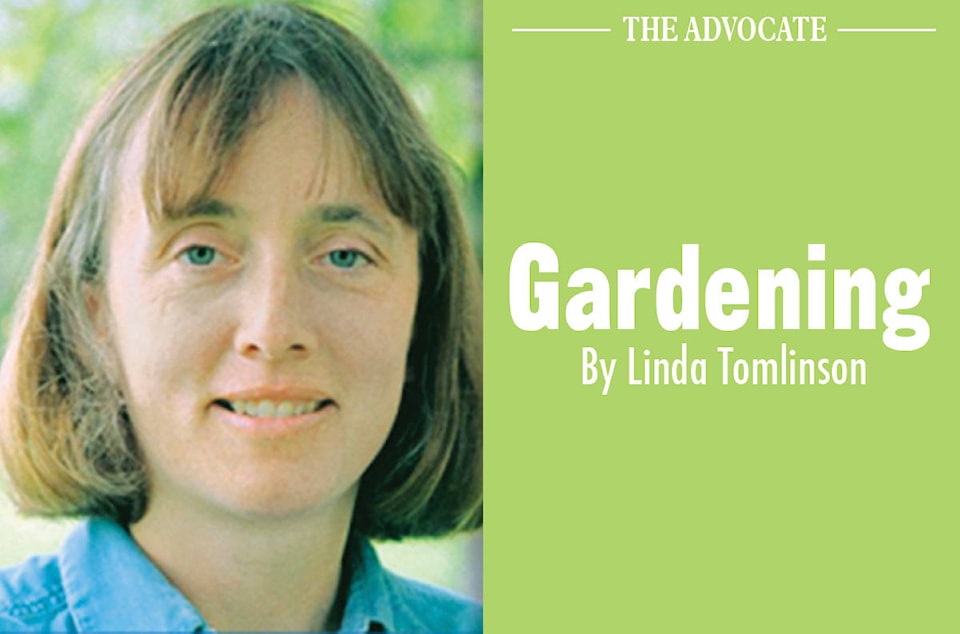Is it planting time yet? The answer: it depends on the soil, seeds, and plants. Before planting, check the moisture level in the soil. It should be dry before working or planting in it.
Seeds of flower that tend to self-seed, such as poppies, bachelor buttons, calendulas, cosmos, larkspur, lupines, sunflowers and pansies can be planted late fall or early spring. They will stay dormant in the soil until the soil temperature warms before germinating. Seeded plants will bloom later than bedding plants making them a great addition to a perennial border as they will start blooming as the perennials fade.
With a few exceptions, vegetables can be seeded as soon as the soil can be worked. One does not have to wait for the May long week end to put in a garden.
Members of the squash family, zucchini, pumpkins, spaghetti squash and gourds should not be planted in cold soil as the seeds rot. Keep a spot in the garden and plant near the end of May, earlier if using a raised bed or the south side of a building.
Cucumbers do not like to have cold wet feet meaning they do not do well in a heavy soil. In lighter soils plant them at the end of May. Often the greenhouse varieties do better when planted in pots or raised beds opposed to the ground as the soil is warmer.
Corn can be planted early but it will need to be covered if it snows as the seeds tend to rot in wet, cold soil. Covering the seed bed with polyspun cloth keeps the soil warmer and provides a barrier in case of a late snow.
Bedding plants and handing baskets are available for purchase. Unless the grower has the plants outside they will need to be hardened off before being planted out. This is a process of taking the plants outside for part of the day and bringing them back inside. Each day the plants can be left out longer than the day before until they are totally conditioned to their new environment.
Frost, local temperatures and micro-climates need to be taken into account when placing bedding plants outside. Plant early and be prepared to cover the plants when temperatures dip below freezing.
Perennials can be placed directly outside, if they were either grown outside or have been placed outside by the store or greenhouse. Perennials that come directly out of a greenhouse will have to be conditioned similarly to bedding plants. .
Nurseries and garden centers will grow or overwinter some trees and shrubs. Others will be brought in from wholesale growers. Plants that are brought in from warmer climates will be leafed out before locally grown plants. The plants can be kept in pots for a few weeks or planted immediately. If a heavy wet snowfall occurs, shake the plant often to remove excess snow that will stick to the leaves and could break branches.
Trees and shrubs are often harvested from the fields when they are dormant and shipped with bare roots. They are potted up when they arrive at their end destination. Growers can sell bare rooted products for less money as they pay less for shipping. These plants will break dormancy when the weather warms and should be placed in the ground as soon as possible.
The answer to the original question, “Is it planting time?” is yes. Start planting as soon as the soil is dry.
Linda Tomlinson is a horticulturalist that lives near Rocky Mountain House. She can be reached at your_garden@hotmail.com
